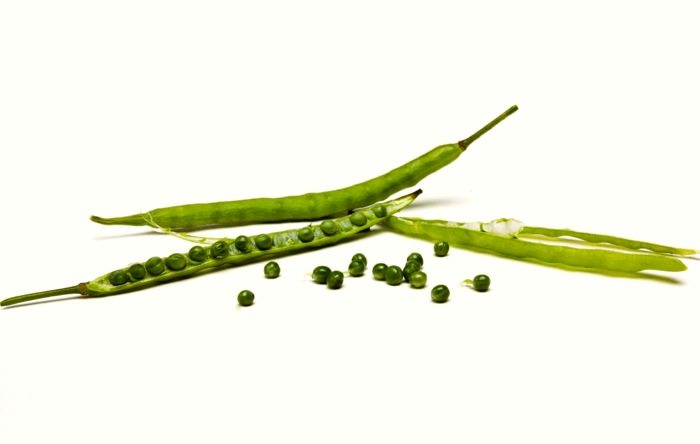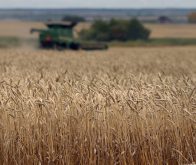ICE Futures Canada canola futures had every reason to rally sharply higher during the week ended April 27, but ignored all of the bullish news and drifted down instead.
Canola had been looking rather expensive compared to other oilseeds, which likely contributed to the softer tone. A drop in Chicago Board of Trade (CBOT) soyoil futures and other world vegetable oil markets also weighed heavily on the market. The threat of a strike at Canadian Pacific Railway was also still a factor in the background.
Key on the supportive side was a surprisingly bullish acreage estimate released by Statistics Canada on April 27, based on surveyed farmers’ planting intentions as of March 31. For weeks the talk in the trade had been that canola seedings would be up from last year’s record 23 million-acre crop, with many predicting area well above 24 million. However, StatsCan went in the complete opposite direction and predicted a seven per cent decline in canola area, forecasting acres at only 21.4 million.
Read Also

Canadian canola prices hinge on rain forecast
Canola markets took a good hit during the week ending July 11, 2025, on the thought that the Canadian crop will yield well despite dry weather.
That alone would normally have been enough to trigger a sharp rally in canola, especially as CBOT soybeans were also up that Friday. However, the reaction in canola was muted, and had analysts showing even more disillusionment with the government agency than normal.
Canadian soybean acres are also forecast to be down on the year, although the country is a much smaller player on that front. StatsCan pegged soybean acres at 6.5 million, which would be down from the 7.3 million seeded in 2017.
Possibilities for a smaller bean crop in Canada pale in comparison to what’s going on in Argentina, where production estimates on the drought-stricken bean crop currently being harvested continue to be revised lower. Argentina has a large processing sector and is a major player in the world soymeal market. The South American country was even importing soybeans from the U.S. in order to keep the crushers running and the worries over tightening meal supplies saw soymeal futures test contract highs.
While there’s something to be said about a rising tide floating all boats, canola typically takes much more direction from the oil side of the product-value equation. World vegetable oil markets have been under pressure lately, with some of the weakness tied to tariffs put on by India. Much like in the pulse sector, India has placed stiff tariffs on palm oil in an effort to shore up its own domestic crush sector. The resulting losses in world palm oil markets have weighed on other edible oils, including canola.
U.S. wheat futures were up and down during the week, although the bias was higher as traders reacted to shifting weather conditions in the southern U.S. Plains. Canadian wheat acreage is forecast to be up on the year by StatsCan, with the agency pegging total area at 25.3 million acres, up from the 22.4 million seeded last year.




















